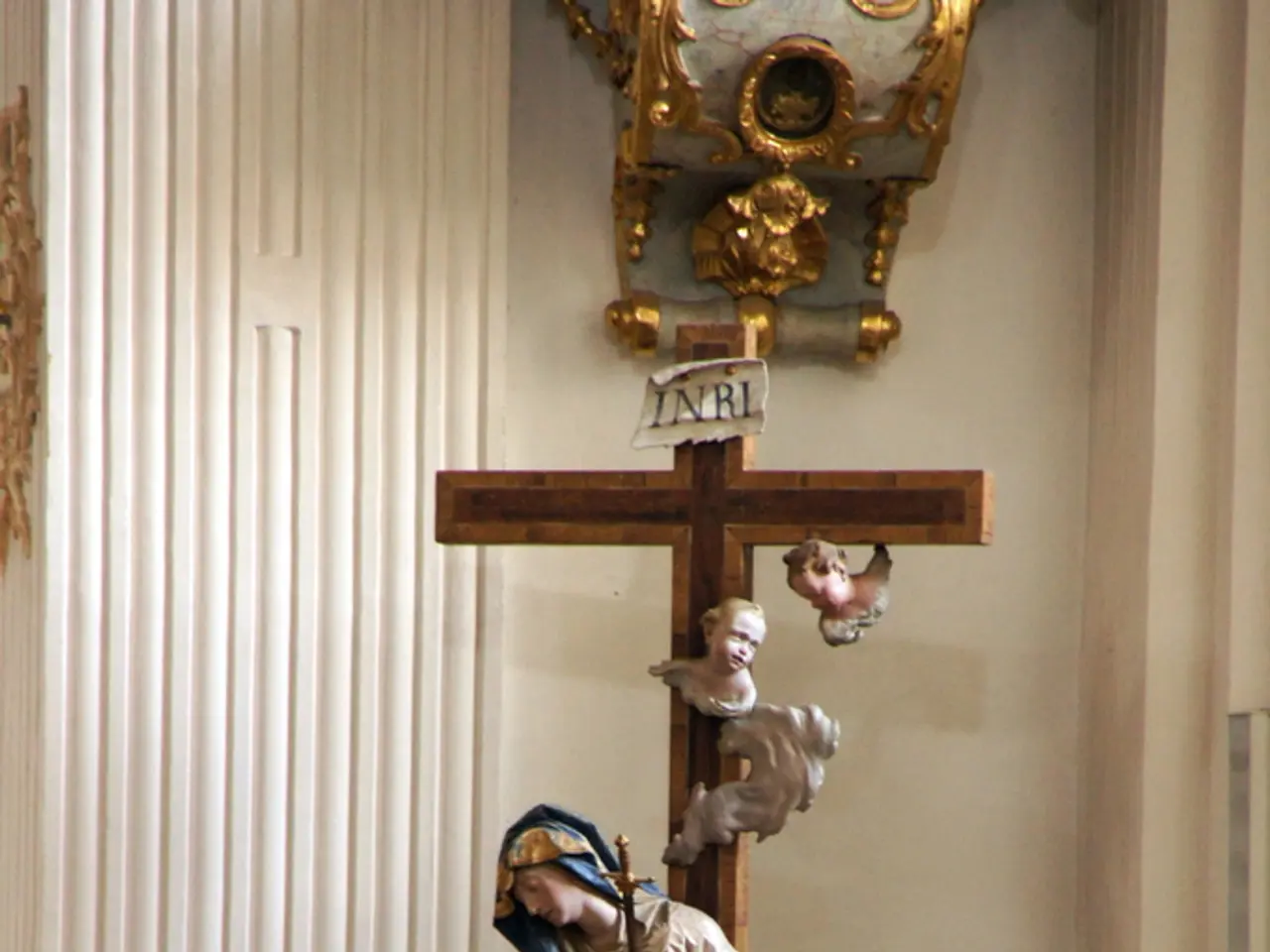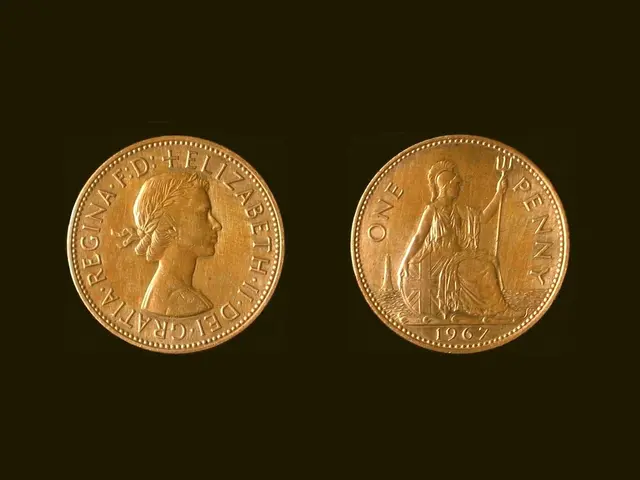Archaeologists Stumble Upon a Relic, Potentially Solving Age-Old Enigmas
In the heart of Austria, archaeologists have unearthed a remarkable relic from the past - a rare ivory pyx and marble shrine dated back to the 6th century. The discovery was made in an abandoned church in Irschen, shedding light on a forgotten era.
The pyx, measuring approximately 20 by 30 centimetres, features unique biblical imagery. Among the depictions are Moses on Mount Sinai and a previously unknown rendering of Christ's Ascension in a two-horse chariot. This intricate artwork suggests the pyx may have once held a significant holy relic, possibly a piece of the True Cross, which was later taken away by the settlers or the military force that caused the church's abandonment.
The battle that led to the settlement's demise was the Battle of Aguntum, a conflict between a Slavic army and Baiuvari armies and settlers, which took place not far from Irschen in 610 AD. The Slavic victory marked the end of the region's affiliation with the ancient Mediterranean world and Christianity.
As the pyx was found buried beneath the altar of the abandoned church, it is believed that the Slavic settlers, who brought their own religious beliefs with them after the battle, may have abandoned or hidden the relic. The team is particularly interested in the type of wood and its origin, as well as the age of the wood, in hopes of tracing the pyx's history.
To better understand the pyx's origins, ongoing analysis is being conducted to trace the ivory, marble, and wood used in its construction. The ivory, it has been revealed, originated from African elephants. The analysis will also use stable isotope analyses to determine the exact origin of the ivory, marble, and metal components.
As the pyx is in a deformed state, archaeologists are working on a 3D reconstruction to gain a more accurate understanding of its original form. This reconstruction will provide valuable insights into the craftsmanship and symbolism of the pyx, offering a glimpse into the religious practices of the time.
In a separate development, the Cross of Wales, a relic believed to contain a piece of the True Cross, was recently gifted by Pope Francis to King Charles III. The discovery of the pyx in Austria serves as a reminder of the rich history and religious significance that these relics hold, even as they remain shrouded in mystery.
Read also:
- Understanding Hemorrhagic Gastroenteritis: Key Facts
- Stopping Osteoporosis Treatment: Timeline Considerations
- Tobacco industry's suggested changes on a legislative modification are disregarded by health journalists
- Expanded Community Health Involvement by CK Birla Hospitals, Jaipur, Maintained Through Consistent Outreach Programs Across Rajasthan








